
Global X SuperDividend ETF (SDIV)
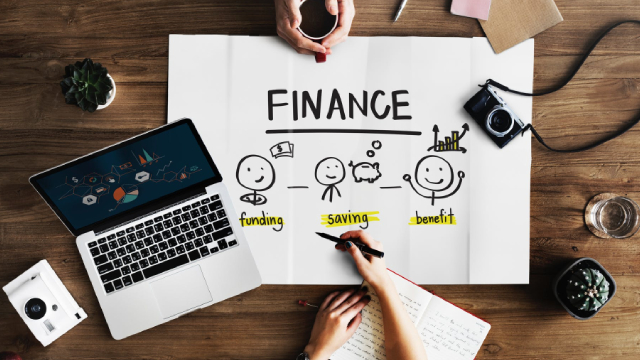
SDIV: The ETF That Pays You To Lose Money
Global X SuperDividend ETF's high yield comes at the expense of capital erosion, making long-term income unsustainable for investors seeking portfolio growth. The ETF lacks quality screens, resulting in a portfolio heavily exposed to risky, leveraged, and cyclical stocks with little focus on dividend sustainability. Empirical performance shows SDIV consistently underperforms peers, with flat or negative total returns and persistent NAV decline despite high yields.
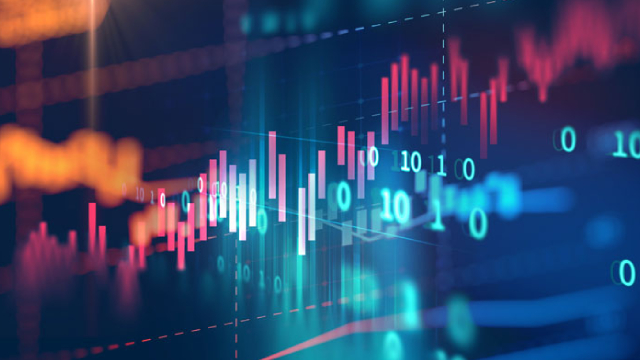
SDIV: Turning More Cautious Amid Rising Global Interest Rates (Rating Downgrade)
I am downgrading SDIV from buy to hold due to muted momentum and ongoing concerns about its heavy Real Estate sector exposure. SDIV offers a high 10.7% yield and an attractive valuation, but weak earnings growth and a concentrated value style limit its appeal. Technical analysis shows SDIV stuck in a trading range, with resistance near $24 and support around $20-$21, and only modest bullish signals.
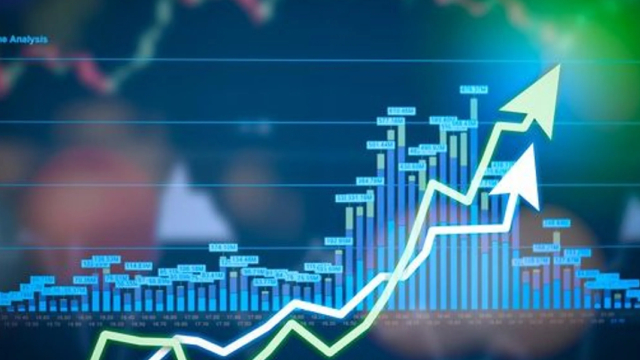
SDIV: High Dividend Yield, Low Total Return
High-yield strategies can boost returns, but focus on total return and reliable cash generation, not just dividend yields. Accidental high yielders are preferable over high-yield junk, which often have unsustainable dividends and declining businesses. SDIV's 10.96% yield is due to holding low-quality, high-risk stocks, making it a poor investment choice.
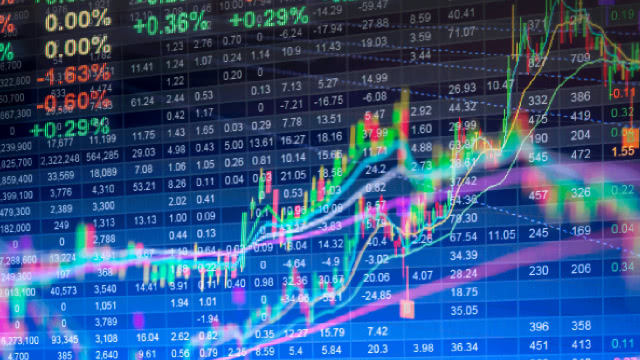
SDIV: When Chasing Yield Leads To Falling Knives
Dividend ETFs like SDIV can be unreliable, offering high yields by investing in low-quality companies with risky business models, leading to capital erosion. SDIV's stock selection criteria focuses on high dividend yields, resulting in geographic and sector concentration, exposing investors to significant political and sector risks. The ETF's high expense ratio, extreme turnover rate, and high volatility further diminish its appeal, making it a poor investment choice.

SDIV: This Global Dividend Paying Equity Fund Acts Like An Annuity, Yields 11%
My Income Compounder portfolio emphasizes steady, high-yield income investments like the Global X SuperDividend ETF, despite its lackluster historical performance. SDIV offers an 11% distribution yield, pays monthly, and provides diversification away from US equities, with only 31% US exposure. The fund's sector allocation in Financials, Energy, Real Estate, and Materials suggests potential recovery as sector rotation continues away from Technology.
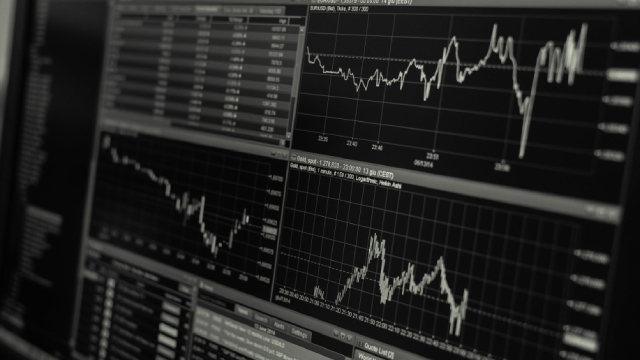
Got $10,000? This Super-High-Yield Dividend ETF Could Turn It Into Over $90 of Passive Income Each Month.
Generating passive income can bring financial freedom. If you can collect enough income from passive sources to cover your living expenses, you won't have to worry about working anymore to pay the bills.

SDIV: A 10% Yield Trap
Global X SuperDividend ETF offers a tempting 10% yield but has a poor long-term performance, making it a hard sell for passive income investors. Despite recent short-term gains, the ETF has consistently failed to grow its net asset value, returning -0.20% per annum since inception. The ETF's portfolio is diversified globally but concentrated in high-risk sectors like Energy, Financial Services, and Materials, adding to its volatility.

SDIV: 2 Ways To Outperform This 10% Yielder
SDIV offers a hefty 10% yield. We go over how it generates these returns. We give you two better choices.

SDIV: Sticking With This Real Estate-Heavy Fund
SDIV has underperformed the S&P 500 but performed fine among ex-US equity areas, with the Real Estate sector showing surprising strength as of late. The ETF offers high foreign allocation to Real Estate, and its valuation is downright cheap today after returning about 15% since June 2023. SDIV accesses 100 high dividend-paying equities globally, providing diversification and potential for increased portfolio yield, but the portfolio's sector composition differs significantly from that of the S&P 500.
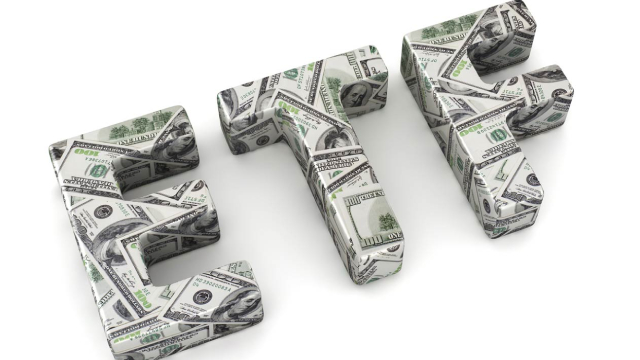
SDIV: Long-Term Decay In Value And Distributions
Global X SuperDividend™ ETF invests in 100 dividend stocks around the world with some of the highest yields. The SDIV ETF yield and valuation look attractive, but the fund has lost 69% in price since 2011 and 45% in distribution since 2013. SDIV was a sub-par investment in the strongest bull market in history, and it is unlikely to do better in the future.

SDIV: Subpar High-Yield Equity ETF, Better Choices Out There
SDIV is one of the highest-yielding equity ETFs in the market, with a 10.8% dividend yield. Although income is strong, the fund has suffered from declining distributions and share prices in the past. Some income ETFs offer comparable yields with stronger dividend growth and return track-records. A quick look at some of these follows.







